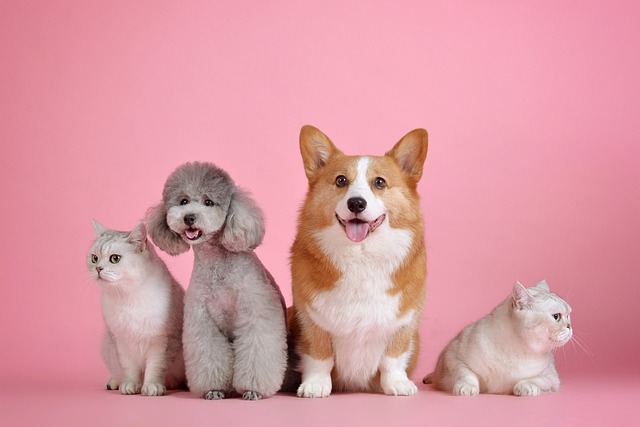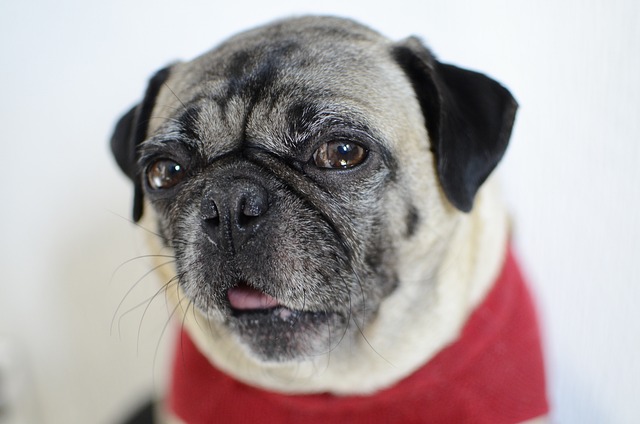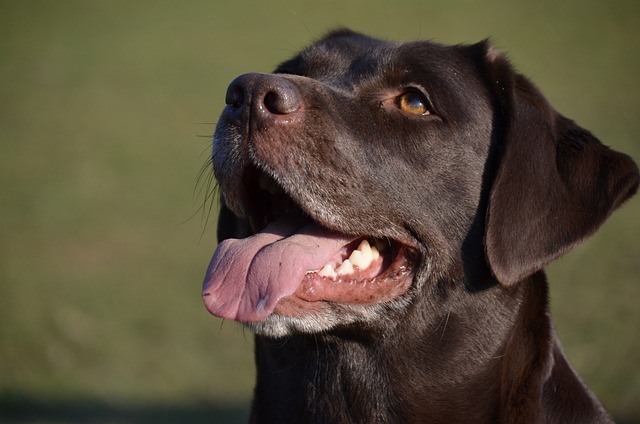Watching your dog wolf down food at the bowl always brings a smile, but combining this joyful eating experience with crate training can bring unexpected convenience and harmony to your lives. Training your dog to eat inside their crate isn't just simple behavior shaping—it's a clever way to build positive associations between a basic survival need and a safe space. Once this connection forms, the crate transforms from a "prison" restricting freedom into a "private dining room" and "safe haven" your dog voluntarily enters.
Understanding your dog's instinctive needs around eating environments forms the foundation for successful training. In the wild, canids carefully choose secure locations to enjoy their prey, an evolutionary instinct still deeply embedded in modern domestic dogs. By associating the high-reward activity of eating with the crate, we're working with—not against—their nature. The key lies in letting your dog autonomously develop the understanding that "crate equals food and safety," rather than forcing our arrangements. Observing your dog's natural tendencies helps: some prefer corner dining while others like open spaces—adjusting crate placement (against walls or centered) accordingly yields better results.
The first training step rebuilds your dog's perception of the crate. If previously used for punishment or linked with negative experiences, we must first erase these impressions. Start with simple outside-crate interactions: gradually move the food bowl closer in tiny increments, letting your dog adapt at the edge of their comfort zone. Scatter kibble around the crate so they discover "good things always happen near the crate" during free exploration. This phase requires immense patience, especially for trauma-impacted dogs who may need days or weeks to establish initial trust. Remember: coercion backfires—voluntariness is this training's soul.
Creating positive associations hinges on precise reward timing. Immediately praise when your dog spontaneously looks at the crate; toss a high-value treat when one paw steps inside; present the food bowl the moment they fully enter. These progressive rewards should fit like puzzle pieces—too early causes confusion, too late fails to reinforce the right behavior. Special markers (clickers or unique praise words) help clarify which action earned the reward. Note: bowl placement matters too—start near the entrance, gradually moving inward as they adapt, finally fixing at the ideal spot.

Transitioning to formal crate meals requires smart timing. Train during natural hunger peaks (mornings or post-work returns) when food motivation peaks. Initial crate feedings should be brief—open the door before they finish eating to avoid confinement anxiety. Gradually extend closed-door time from seconds to minutes as they adapt, always ending before restlessness appears. Maintain a calm environment: no audience or disturbances, letting eating remain focused enjoyment.
Troubleshooting obstacles demands flexibility. Some dogs insist on carrying food outside, usually due to enclosed-space unease. Solution: provide in-crate-only foods (wet food, soaked kibble, or stuffed toys) teaching "delicacies exist only inside." For crate-refusers, try higher-value foods (boiled chicken, cheese cubes) or the "empty bowl trick"—place an empty bowl inside, then "magically" fill it after entry. Most challenging are dogs with past negative crate experiences—they may need complete image rehabilitation, a process like rebuilding broken trust requiring extra time and gentleness.
Maintaining long-term results needs ongoing reinforcement. Even after successful crate-eating, occasional reward meals (special bones or new toys) preserve the crate's appeal. Consider reserving certain "crate-exclusive treats" to maintain its special value. As training solidifies, you'll notice your dog voluntarily entering to rest or seek comfort—the crate has now successfully become their "private suite" rather than just a dining spot. This emotional transformation far surpasses simple obedience training in meaning.
Throughout training, your attitude determines success. Maintain calm positivity—avoid frustration over slow progress, as dogs keenly sense our stress, directly impacting their learning. Celebrate every micro-achievement: the first voluntary entry, the first empty bowl left inside, the moment they start viewing the crate as refuge rather than confinement...these milestones deserve genuine praise. Remember, the goal isn't control but helping establish positive habits—when those bright eyes gaze trustingly from the crate, you'll understand this默契 far outweighs simple command compliance.
Ultimately, watching your furry friend happily dine in their crate before curling up contentedly for a nap, you'll realize this isn't just successful training but relationship elevation—through patience and understanding, you've created a dedicated safe space, and through trust and adaptation, they've repaid your thoughtful efforts. In our stressful human world, providing such security for another being is itself a rare happiness.






